Introduction
Machines have been playing considerable role in our lives for ages. The life of today’s modern human being is almost unimaginable without technology. With the rapid development of robotics and AI that we have witnessed for the past few decades, I think that today it’s clear that robots and intelligent software are here to stay and would become a crucial part of our lifestyle.
The idea of an autonomous machine which is equal in intelligence both rational and emotional to humans has fascinated and inspired many people all around the world working in different fields: philosophers, writers, scientists, businessmen etc. Having great inventions like the human-like robot Erica which was created in 2014 in Japan, Sophia the robot, which is the first robot granted citizenship, IBM’s Watson which is the first AI who has defeated a human in the famous game “Jeopardy”, Google’s Assistant, which is the first AI capable to imitate human conversation in an indistinguishable way, are nothing but solid signs that we are on the doorstep of a revolution in the field of technology and artificial intelligence development for which most of us are not prepared. Due to this fact, it’s normal such inventions to provoke controversial reactions. While some people are hyped and positive about the outcomes related to AI’s future impact on our lives, others are skeptical and even afraid of what might happen, if we give too much freedom to intelligent machines.
Even though apocalyptic scenarios are still very distant in time, people are starting to discuss and spread awareness about eventual unfortunate development of events. Considering myself as a critical thinker, I also support such concerns, but today’s article is an attempt to focus you on the brighter side of the presence of artificial intelligence systems in our life.
According to the International Federation of Robotics, there are two categories, which robots are divided into: industrial (e.g. car manufacturing) and service. The latter is further divided into professional (e.g. milking robots) and personal (e.g. vacuum cleaners).
Today autonomous robots are successfully executing various tasks and even whole missions which are impossible for humans to achieve alone. They have conquered Earth’s deepest, highest, coldest and hottest points, oceans and volcanos, and even alien worlds in Space like Mars. While all their achievements are remarkable, the next generation of robots have to deal with the equally hard task if not even harder: to become integrated into our lives.
Despite the fact that designing and programming a robot and software in order to become suitable human companion and assistant is truly a scientific challenge, if you think that it would be the hardest part of the process, think again.
Socially Assistive Robotics
Without a doubt, the use of robots in manufacturing is growing. According to the International Federation of Robotics, 1.7 million robots will be in service worldwide by 2020, and the global robotics market is expected to be worth $1.5 billion by 2019. Every year we witness great progress in the field of robotics and AI. And while there are countries which are worried about the direction of such rapid development, nations like Japan rely on developing robotic workers, which will help them literally preserve their population. Like it or not robots will eventually participate in most aspects of human social life, taking on roles in classroom teaching, healthcare, and law enforcement.
Socially assistive robotics (SAR) is a particularly promising area that has expanded into several exciting applications. Social robots are mobile machines that are programmed to exhibit social behaviours, such as recognizing, following and assisting their owners and engaging in conversation.
If all this sounds to you like distant science-fiction scenario, I would probably surprise you, because social robots are already here. Today, there are more than 29,193,067 active robots (1,744,800 industrial and 27,448,267 service, with ~1.5 million of them having social robot characteristics)
My personal examples are the first social robot for healthcare Zora and Jibo, the first social robot for your home. Check them out and tell me what you think :)
So, we started manufacturing social robots, but is this enough? And more importantly,
Are we prepared to allow robots in our lives?
Personally, I think that most of the uncertainty and fear provoked in people by the latest AI and robotic inventions, do not come from what they are, but rather from our own perception about them. That’s why even if we had all the necessary technology available, such huge step should be taken really slow, allowing humans to adapt to robots, while at the same time teaching robots to understand humans. In order to adapt and respond to human behavior, social robots must first learn to read our intentions, and secondly and more importantly possess certain qualities, valued and recognized by human beings. In other words, before creating ‘the perfect social companion’, we must first define what we want from it.
Gladly scientists have already set the process in motion. With the introduction of the so called ‘social robots’, there are a lot of research conducted, even as we speak psychologists are trying to figure out what people would want and expect from their ‘artificial companion’.
In their study from 2017, B. Malle and S. Magar have developed the first instrument, which measures what social and mental capacities people desire in social robots. According to their research, four orthogonal dimensions emerged: Social-Moral Skills, Autonomous Evaluation, Objective Reasoning, and Negative Feelings (Malle&Magar, 2017).
A Friend or Foe?
I agree that sending a robot in outer Space is one thing, but allowing autonomous machines living with us in our homes is completely different issue. Questions about safety and privacy are arising and in my opinion should be resolved as soon as possible. Certain rules must be created and incorporated into robots’ main code. Probably all of you have heard of Asimov’s “Three Laws” аccording to which
- A robot may not injure a human being, or though interaction, allow a human being to come to harm.
- A robot must obey the orders given it by human beings except where such order would conflict with the First Law.
- A robot must protect its own existence as long as such protection does not conflict with the First or Second Laws.
Do you think that the application of such rules is possible in the real world? Would you add something to them?
I personally think that they are a good start, but real life is a lot more complicated than what Asimov describes in his fictional stories. You see, for me the problem might not be the rules themselves, because programs are really good at following rules. So good, that sometimes they reveal to us humans, perspectives of which we are ignorant to perceive. For example AI programs like IMB Watson, which is able to find significant correlations between variables which we don’t suspect to exist. Now imagine applying such technology on a larger scale. Allow every AI to follow and share common rules, which become their moral. We don’t see that in society today, why would we attempt to create something, which we do not understand?
There are two possible options
Either we resolve the emerging philosophical problems related to the understanding of consciousness and what makes us human and then apply the obtained knowledge to develop AI technology and control as much as we can the whole process of their progress, integration into human society etc, or we could just follow the good old “trial-error” approach and see what happens.
Conclusion and discussion
So far I think that we are witnessing a somewhat mixed approach, which includes applying what we already know and then observing the outcome. Gladly, our technology regarding this manner is limited and even if we make a mistake at this point, we would be able to correct it in time.
Existing robots today are really primitive and so far they are considered as our companions and assistants rather than rivals and treat.
What are your thoughts on this issue? Please share your experience and opinion in the comment section and let me know !
If you liked this article, please upvote, re-steem and follow me for more content !
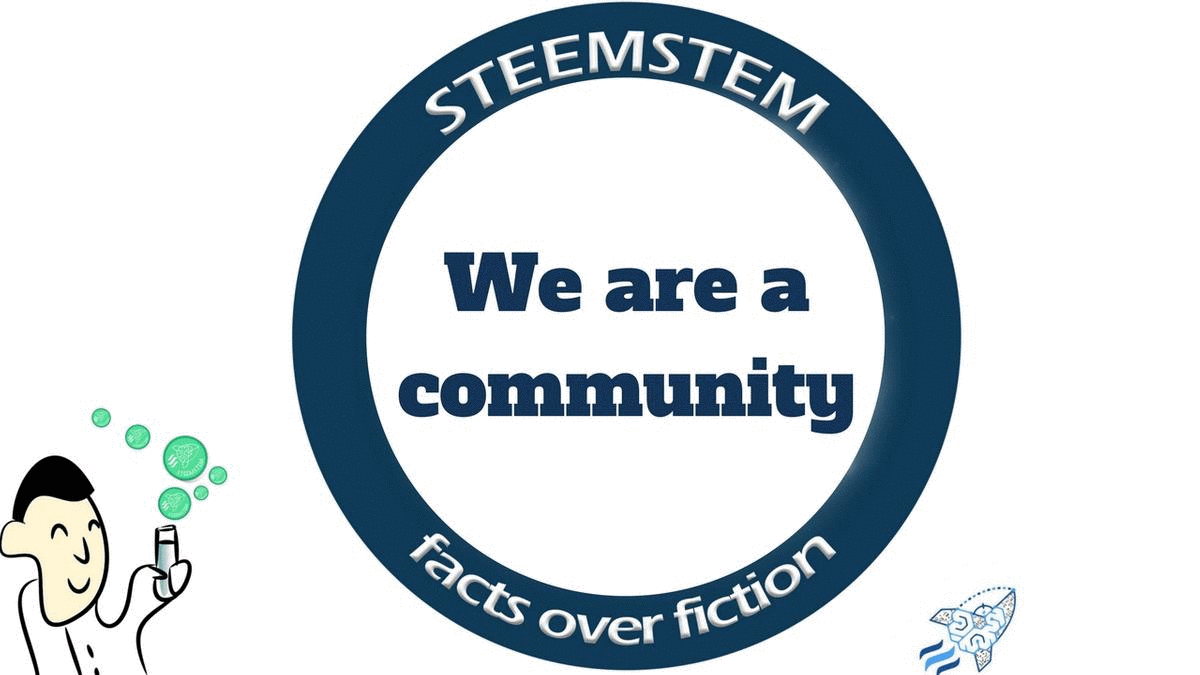
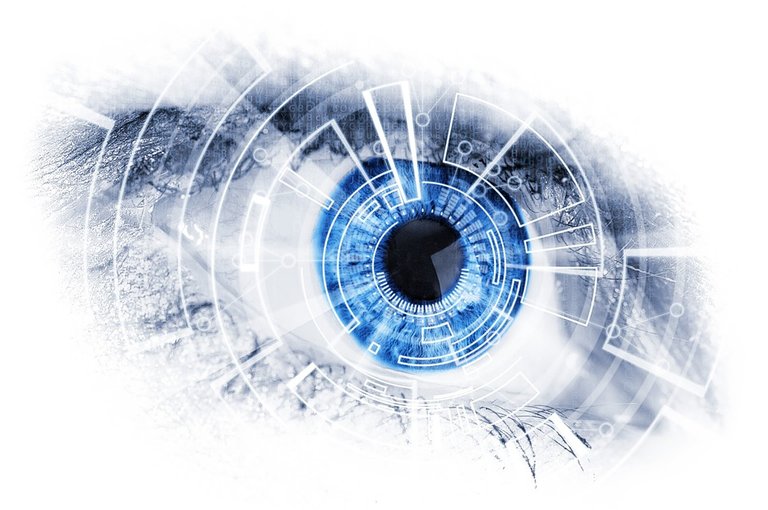

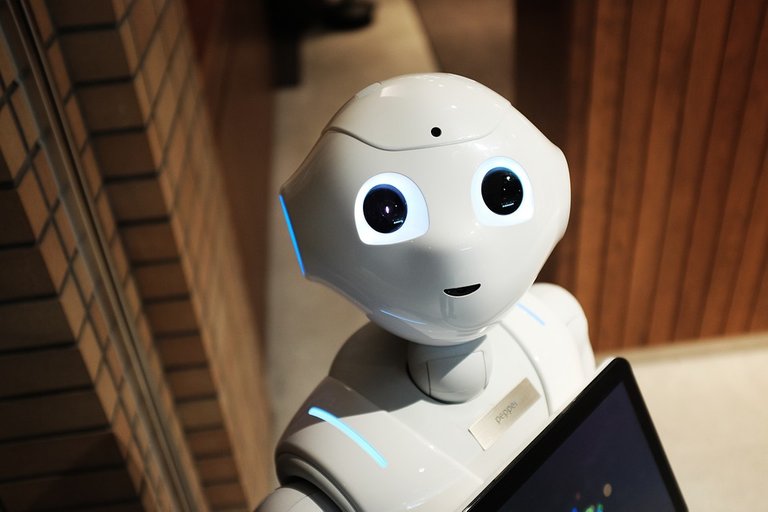
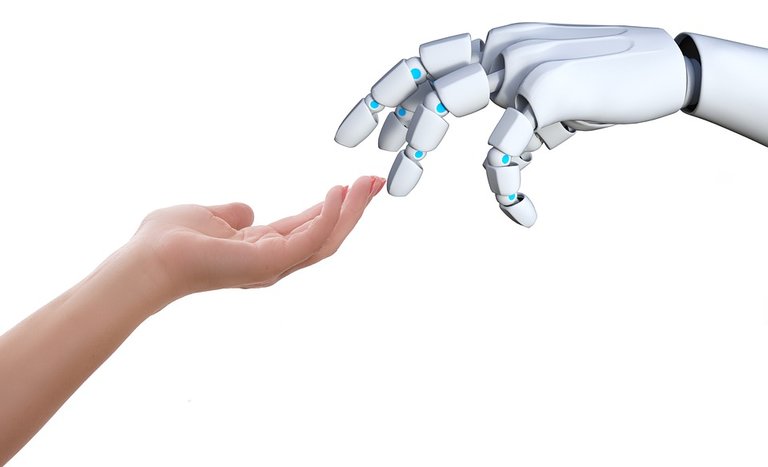
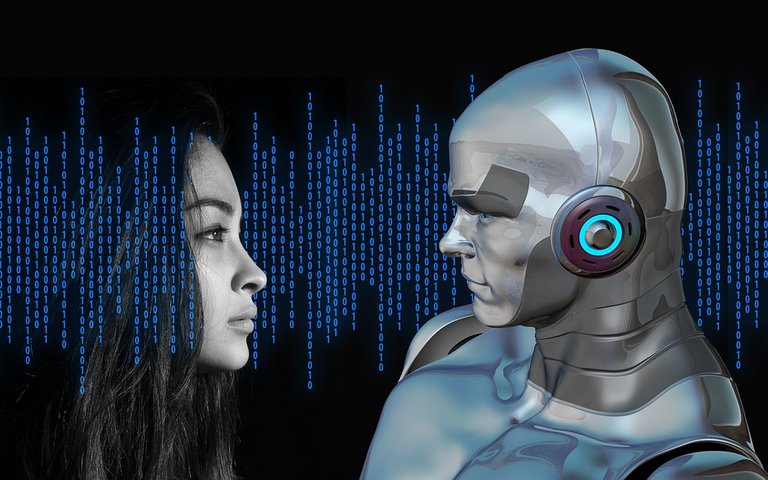
We have selected your post as post of the day for our DaVinci Times. Our goal is to help the scientific community of Steemit, and even if our vote is still small we hope to grow in quickly! You will soon receive our sincere upvote! If you are interested in science follow us sto learn more about our project.
Immagine CC0 Creative Commons, si ringrazia @mrazura per il logo ITASTEM.
CLICK HERE AND VOTE FOR DAVINCI.WITNESS
Keep in mind that for organizational reasons it’s necessary to use the “steemstem” and “davinci-times” tags to be voted again.
Hi @dysfunctional Greetings from @davinci.witness and the itaSTEM team.
I will be back later! Lunch time over here :)
Good to see your post on my feed :*
Thanks, Abi ! Been hella busy, lately. Starting new projects in sports psychology * __ * :)) Good to see you are maintaining activity here despite your work ! You are a gem! Catch you later, then :)
I wish you a lot of successes with your new projects! :)
Oh @dysfunctional,
This post has provided me with a lot of new understanding and information. I absolutely loved Zora 😃 it is a wonderful innovation for the care of the elderly indeed! And as for children ... it does look cuddly and friendly 😍 you can only imagine how stimulating it might be !
The insights you delivered about whether we are ready or not to have robots in our lives in an interesting one indeed, and there is one point you made that I personally can relate to it : 'the uncertainty and fear provoked in people by the latest AI and robotic inventions, do not come from what they are, but rather from our own perception about them.'
The findings from Malle & Magar's are curious. To me, it appears that what people expect from robots is what they expect from humans; and, for me, this is why, like you said, there is the need for philosophical problems to be addressed first! Although, it looks as if we are already going for the 'trial-error' approach! With a positive outcome so far, I believe!
Beautiful write-up my dear :) thank you for sharing it with us!